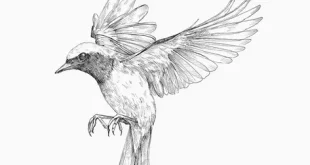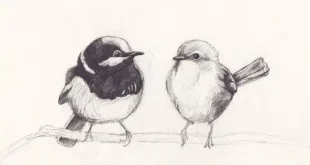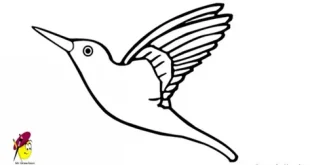The Fascinating World of Koel Birds
1. Introduction to Koel Birds
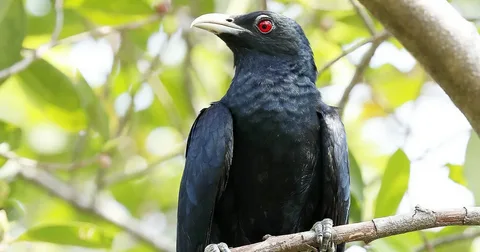
Understanding the Koel’s Place in Nature
Koel birds are enchanting creatures recognized for their melodious songs and striking presence across diverse landscapes. These fascinating birds belong to the cuckoo family, admired for their distinct behaviors and cultural significance throughout many parts of Asia. Their popularity extends into poetry, folklore, and music, where their calls are often associated with beauty and romance. With glossy black plumage in males and spotted brown feathers in females, they display remarkable sexual dimorphism. Koel birds are frequently found in urban gardens, orchards, and woodlands, adapting well to changing habitats. Their sweet yet repetitive calls echo during the breeding season, drawing attention to their secretive nesting strategies. Understanding their physical features, feeding patterns, and symbolic roles offers valuable insight into their unique place in nature’s intricate balance of species.
2. Physical Characteristics of Koel Birds
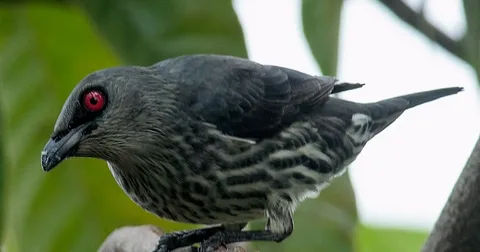
Male and Female Appearance
The physical traits of Koel birds set them apart from many other songbirds inhabiting similar ecosystems. Male Koels display shiny black feathers with bright red eyes, while females feature brown plumage decorated with cream-colored spots. This distinct sexual difference helps in easy identification during observations in natural or urban environments. Their average body length ranges from 39 to 46 centimeters, giving them an elegant appearance. They have strong, curved beaks ideal for feeding on fruits, berries, and occasionally insects. Koels possess broad wings and long tails, assisting in swift flight across dense tree canopies. These characteristics not only define their beauty but also support survival strategies. Birdwatchers often admire their vibrant traits, which stand out vividly against green backdrops, highlighting their captivating elegance within tropical and subtropical habitats.
3. Feeding Habits and Diet of Koel Birds

Role in the Ecosystem
The diet of Koel birds predominantly includes fruits, berries, and other plant-based items available in their environment. They play a vital ecological role by dispersing seeds across forests, promoting natural regeneration and plant diversity. Occasionally, they supplement their meals with insects, caterpillars, and small invertebrates to balance nutritional requirements. Their strong curved beaks enable efficient handling of various food types within natural surroundings. Koels often forage quietly among dense foliage, skillfully plucking fruits without drawing much attention. Unlike raptors or predatory species, their feeding behavior highlights peaceful interaction with the ecosystem. These dietary preferences make them an essential contributor to ecological stability. Observing their feeding routines not only reflects survival instincts but also demonstrates their importance in maintaining ecological harmony throughout tropical regions where they thrive.
4. Reproductive Behavior and Nesting Strategies
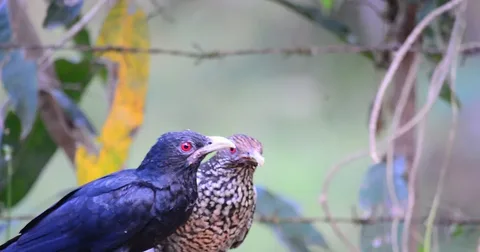
Brood Parasitism in Koel Birds
Koel birds are brood parasites, relying on other species to raise their chicks through remarkable evolutionary strategies. Females often lay eggs in nests of crows or mynas, leaving host parents to incubate them unknowingly. This unusual behavior allows Koels to conserve energy while ensuring survival of their offspring under protective care. Their eggs closely resemble those of host birds, making detection difficult during the incubation period. Once hatched, chicks are fed by unsuspecting foster parents until they mature. This parasitic adaptation has long fascinated ornithologists, sparking debates regarding evolutionary advantage and survival ethics. Despite these controversial practices, the strategy guarantees continuity of their species. Observing such reproductive behaviors highlights their intelligence, adaptability, and complex relationship within shared ecological environments where multiple bird species coexist harmoniously.
5. Cultural and Symbolic Importance of Koel Birds
Role in Folklore and Traditions
Koel birds hold significant symbolic value in literature, folklore, and cultural traditions across many Asian societies. Their melodious calls, often heard during summer, are associated with love, passion, and seasonal renewal. In Indian poetry and songs, the Koel is often celebrated as a messenger of romance and longing. Their haunting yet sweet voice resonates in villages and towns, creating memorable connections with cultural festivities. Beyond symbolic meaning, these birds also inspire spiritual interpretations, where their calls signify hope and emotional expression. Farmers view their arrival as an indication of seasonal changes, linking them closely with cycles of nature. The presence of Koels in urban gardens also reminds people of harmony between wildlife and human settlements. Their cultural legacy continues shaping admiration across generations, strengthening bonds between people and nature.
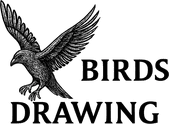 Birds Drawing Birds Drawing
Birds Drawing Birds Drawing

